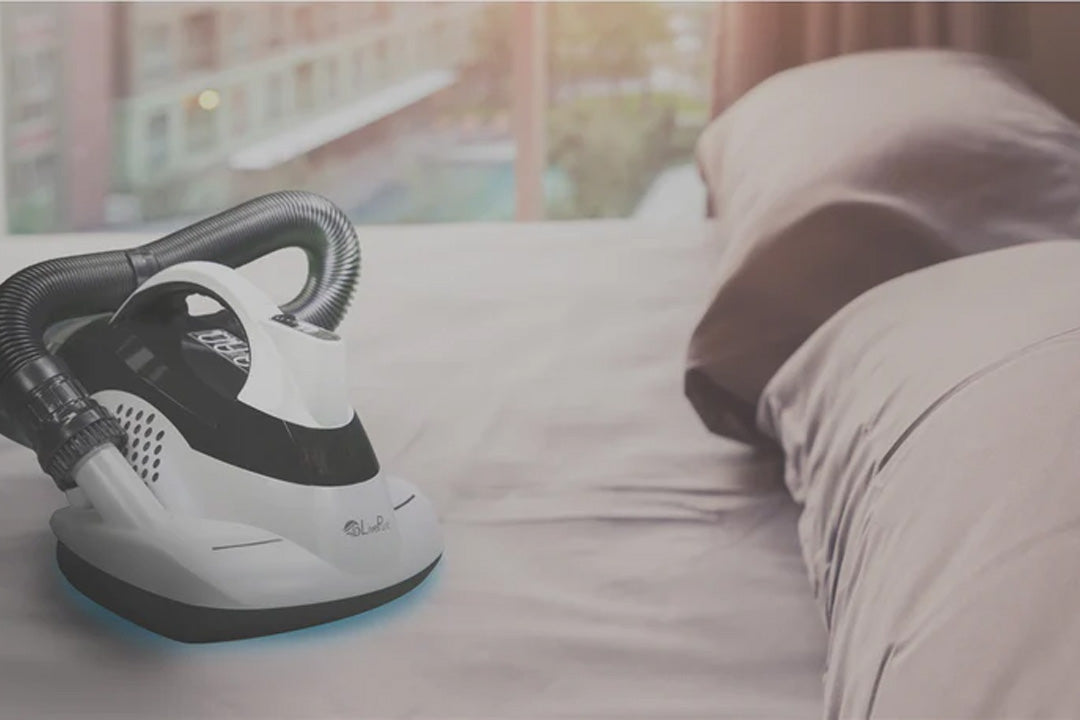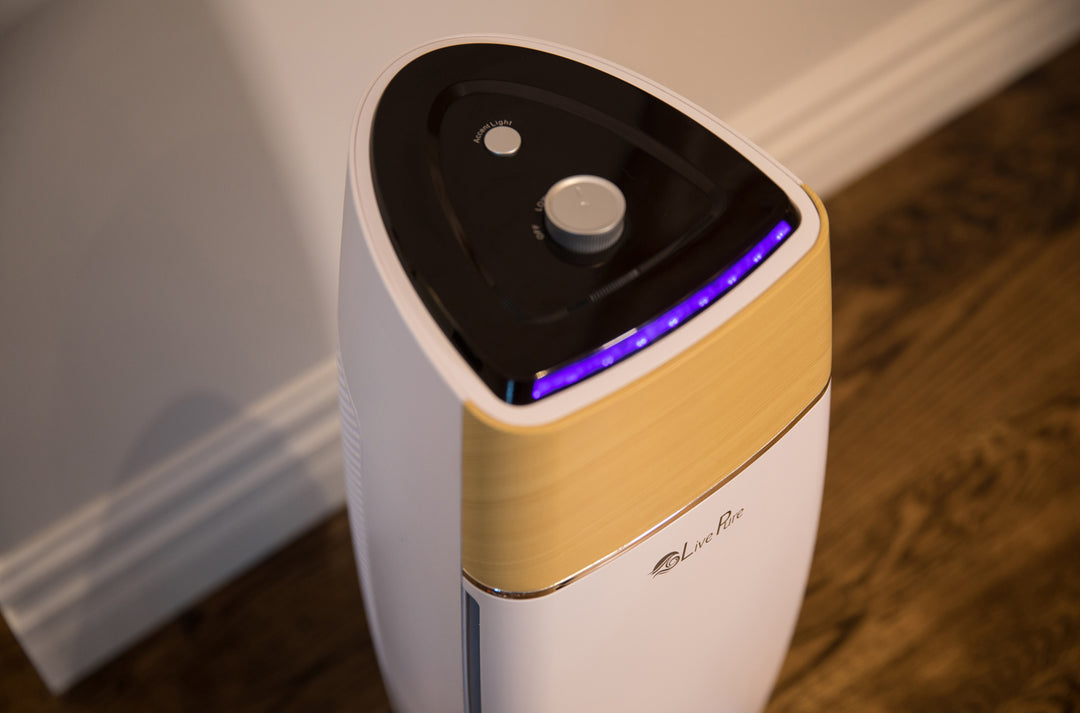Why You Should Monitor Your Home’s Humidity Levels

Having good air quality in your home is crucial for a healthy lifestyle. Having too much or too little humidity in your home can cause the growth of unhealthy airborne particulates. According to the EPA, the ideal indoor humidity level should be between 30-50%. Humidity levels above 60% are too high. You can easily monitor your home’s humidity with a humidity meter or some thermostats have this feature automatically built in for easy monitoring.
What Too Much Humidity Will Do
Excessive levels of humidity can make breathing difficult and some allergy symptoms worse. Common allergens, including dust mites, mold and mildew thrive in damp environments. Some signs of high humidity in your home include condensation on windows, water stains on furniture, musty smells and mold. Mold can produce allergens and potentially toxic substances. Small amounts of mold can be cleaned with bleach. However, large amounts of mold should be treated by a professional. Mildew and dust also thrive in humid conditions.
Dehumidifying Your Home
There are a variety of ways to avoid high humidity levels in your home. If you’re able to, open windows whenever you are cooking or running the dishwasher. You can also try using exhaust fans in your kitchen and bathroom. Running your air conditioning system will help keep humidity levels in check. However really damp environments, like a basement, may require a dehumidifier to dry the air.
What Too Little Humidity Will Do
Heating your home during the winter results in dry air and low humidity. The low humidity absorbs moisture from everything in your home, including you. This dry air can cause a variety of health issues including dry skin, brittle hair, bloody noses, chapped lips, sinus headaches and coughing. Pre-existing conditions such as asthma or bronchitis can also become aggravated. One sign of low humidity levels in your home is an increase in static electricity.
Humidifying Your Home
The best way to add humidity to your home is to invest in a humidifier. Humidifiers add moisture to the air, helping alleviate problems. The added humidity will make your home feel warmer and cut down on static electricity. Increasing your home’s humidity level will also greatly reduce the chance or viruses spreading through your home’s air. A humidifier can also help reduce snoring and sleep apnea and help keep your hair and skin healthy. A humidifer also has many benefits for your home. The extra humidity will help your wood furniture last longer, make your houseplants become more vibrant and prevent wallpaper from cracking.
Different Types of Humidifiers
There are five main types of humidifiers: central humidifiers, impeller humidifiers, steam vaporizers, evaporators and ultrasonic humidifiers.
- Central humidifier: connects to your home’s central air conditioning to add moisture throughout the space
- Impeller humidifier: uses rotating disks rather than heat to vaporize water
- Steam vaporizer: uses electricity to create steam, which can be dangerous to pets and children
- Evaporator: blows air past evaporating water to create humidity
- Ultrasonic Humidifier: uses vibrations to vaporize water
Ultrasonic Operation
Ultrasonic Humidifiers are one of the most common types of humidifiers for several reasons. They are much safer than other humidifiers because they do not produce heat. Instead of electricity, these units use vibrations to vaporize water. This makes the humidifier much safer to be used around pets and children. Ultrasonic Humidifiers are also usually much quieter than traditional humidifiers, making it the perfect bedside companion.



